When it comes to birds, several species will make good pets. They are diverse in their own way. That’s the part.
They also require less care and maintenance than other pets, such as dogs or cats, and are more autonomous, so you don’t have to work with them to the fullest. However, if you are trying to add one of these feathered friends to your family, you can enjoy the society they provide for years to come.
Here is a list of the 5 Top Pet Birds for Novices in wanting a pet.
Table of Contents
The 5 Top Pet Birds for Novices
Conures
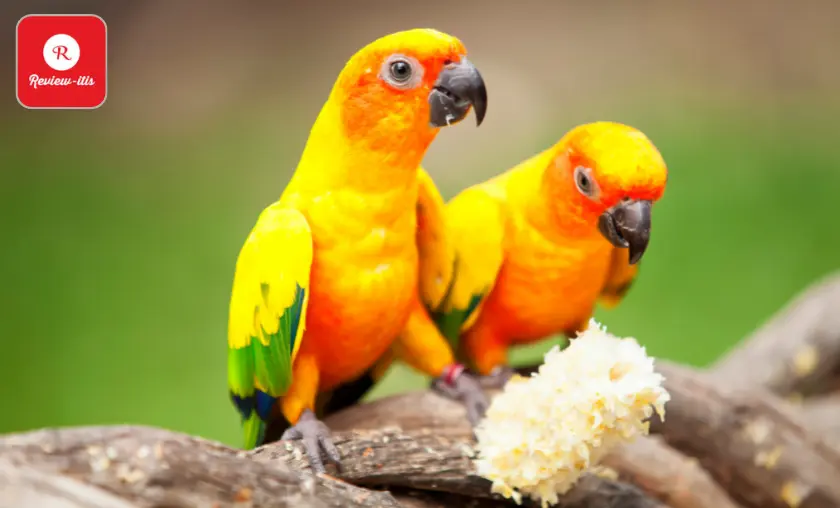
Conure is a loose term for the various species of tiny parrots found in South and Central America. The word “conure” comes from the Portuguese term “Conuro,” which suggests parrot. There are many types of parakeets, including the Green-cheeked Parakeet, Lilac-crowned Parakeet, Jenday’s Parakeet, Sunburst Parakeet, and thus Nanday’s Parakeet, to name a few.
These birds are ideal pets because they talk well and are very active. Plus, they’ll live up to thirty years, so you have plenty of time to bond with them. The only drawback is that since conures are square on the largest side (averaging fifteen inches long), they need a large cage or building where they can fly freely.
Feeding
Parrots would like a diet of hard-shelled fruits, raw vegetables, and pellets. They are also terribly moldy, so expect to pay some time to upgrade your cage or aviary; if it doesn’t faze you, then this may be the bird for you. Always keep H2O in their cage or building so they can drink freely.
Training
Training your conure is also comparatively easy. Just make sure to keep his cage or building in a very quiet place with no distractions for him to focus on. They are sensitive enough to learn tricks from some military training tools like clickers.
Some conures are trained to mimic human speech, dance (when trained with terpsichore toys), and much more!
Pros
- Easy to Care For
- Very Tame
- Socialize well with Humans
- Fun to Own
Cons
- Messy Eaters
- Loud at Times (depending on the species)
- Big birds require lots of space in the cage or aviary.
Cockatiels
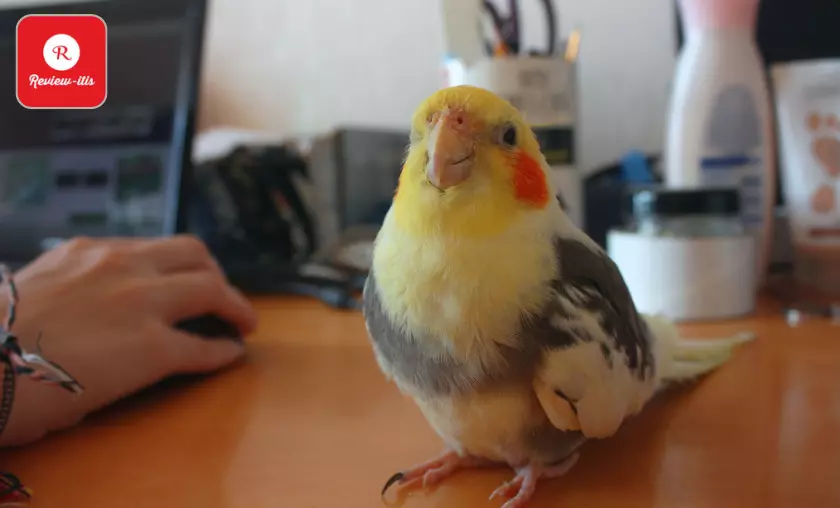
Cockatiel are flirty birds, recognizable by their crest. They originate from the land of Australia, although their quality has transported them all over the world.
Cockatiels build energetic pets while they are full of energy. They love to interact with humans, so you will teach them tricks like talking, singing, whistling, etc. Also, they are quite easy to feed since they only drink water, and they each have to eat square seeds and vegetables. Take care to keep their cage clean as soon as possible and replace their toys frequently, as these birds prefer to chew on things.
To help your new pet settle into its new home faster, consider getting an extra bird stand or cage and keeping it in an upper area of your house. Place his cage near your television or computer where you will see him during the day and get him used to his face, voice, and scent.
Feeding
Cockatiels should be fed pellets to help them grow strong and fresh vegetables and fruits such as apples, oranges, grapes, berries, melons and carrots. They will also enjoy millet spray as a treat, but be sure not to, as millet sprays are very high in metal, which can cause kidney problems for cockatiels.
Training
Since Cockatiels like to interact with humans, you will teach them tricks like talking or whistling once they are applied. However, buying a training tool like clickers or whistles is better if you want him to try and do additional advanced tricks.
Pros
- Long-Lived
- Easy to Train & Handle
- Talkative
Cons
- They chew—a lot!
- On the bigger side, so need more space
Canaries
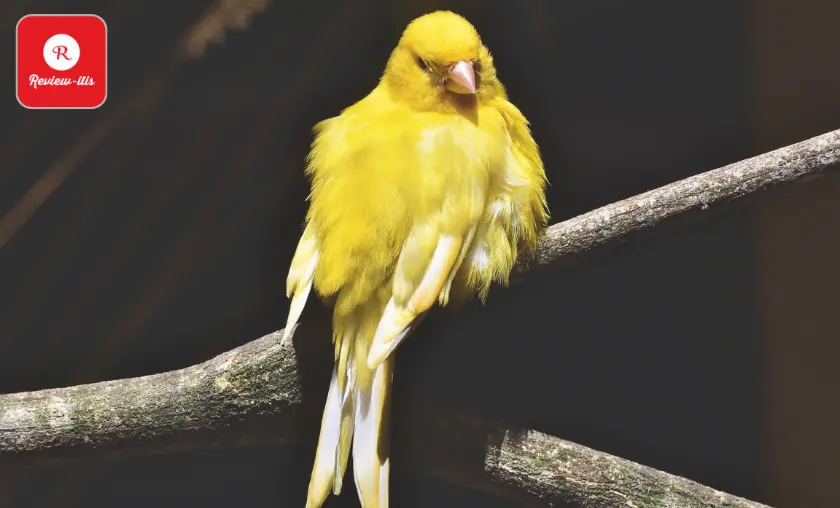
Canaries are an indicator pet for beginners because they are so easy to care for. They feed mainly on fruits and vegetables rather than pellets and need nominal attention as all you would like to try to do is clean their cage frequently.
Canaries are not ten years old, that’s nothing compared to giant parrots, which can live up to a hundred years! This can be a much smaller commitment to create, but it also ends in a quicker heartache.
These birds are very social creatures, so if you want them to be happy, get yourself a friend because they have company most of the time.
Although canaries are quite small, they need a very pleasant voice, similar to that of their counterparts, the parrots. However, the easiest way to create your canary’s song is to place it on a swing that sometimes sets it in motion!
Feeding
Canaries are fond of fruits and vegetables, so you can feed them seeds along with the modern delicacies of fruits and greens. Be sure to opt for a well-balanced diet with various vitamins and minerals and nutrients.
Training
Like most domestic birds, canaries are smart enough to learn basic tricks like singing or whistling when it’s time to practice. If you want a lot of fancy tricks or songs, consider buying training tools like clickers or whistles.
Pros
- Easy to Train
- Live for 15-20 Years.
- Quite affordable to Buy and Maintain
Cons
- Small and Fragile, not Ideal for Young Children.
- Sensitive to Temperature and Noise Changes.
Budgies
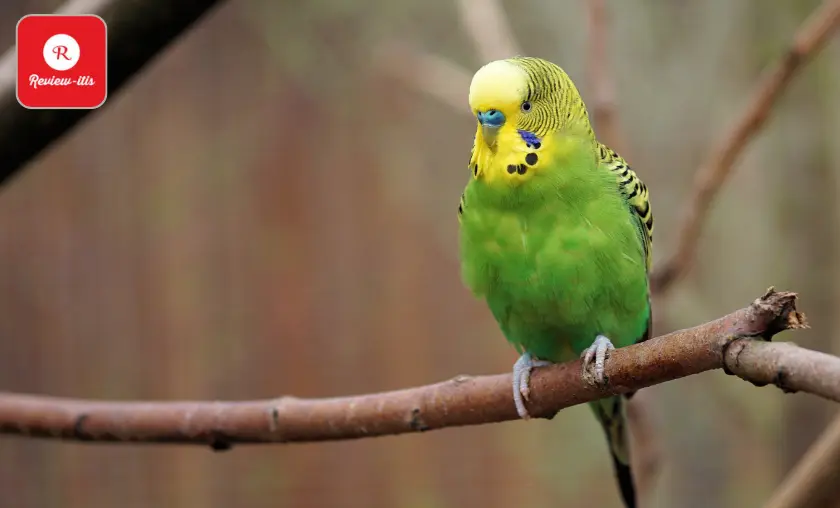
The Parakeet, also known as the parakeet, is a small-sized pet bird that is very easy to care for. They are quite affordable and available in different colors, so you will find the one that best suits your home.
Accompany them with a mirror so that they suppose that there is another parakeet in their cage, and they will be a bunch of elves. Like most parrots, these birds love to interact with humans, so you’ll teach them tricks like talking if you’re interested (which isn’t required but is still fun).
You must offer alternative toys to your new friend; since they love to chew things. Cage cleaning is an incessant demand to get rid of the garbage that would harm your pet.
Feeding
Budgies need a balanced and varied mix of pellets, mixed seeds, ivy leaves, and greens. If it bothers you that he loses interest in his cage, then put out some enrichment things like wooden puzzle toys that make him work for his food!
Training
Training a Parakeet is not as strenuous as training some larger species. However, they are still quite intelligent. They will learn their names pretty quickly and like to move around with humans. If you want to show your conch parakeet tricks or songs (just like canaries), then consider getting him a whistle or clicker to help him learn them faster. You will also let him see you do tricks so that he imitates you.
Pros
- Simple to Take Care of.
- Live up to 10 Years.
- Come in Different Colors (with Prices Varying)
Cons
- Require lots of Social Interactions; don’t like being alone.
- Chewing on things is Natural to them but can lead to Aggression when they Feel Frustrated.
Lovebirds
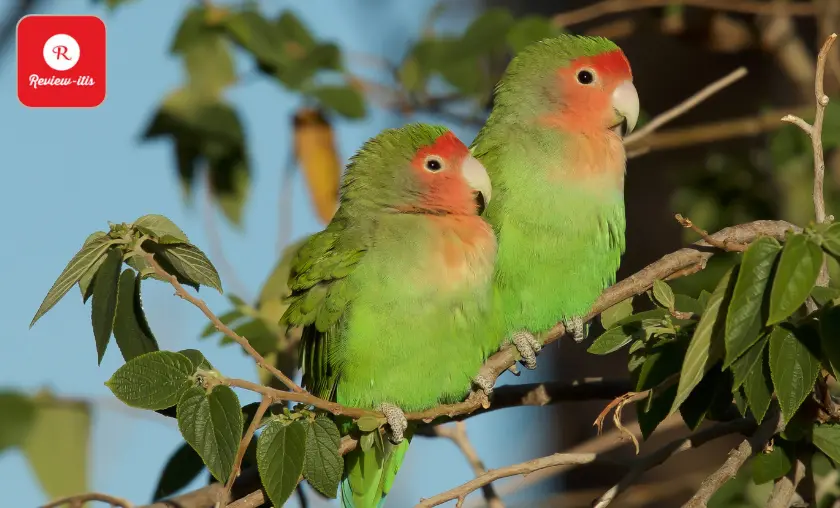
As their name suggests, Lovebirds are quite elven and social, so you should think about keeping them in pairs. They are not as noisy or messy as other parrots, which makes them a good choice for apartment sleepers; They also need fewer toys than larger birds, so washing them is less of a hassle.
They also look great, with their bright colors and diminutive size, making it quite visual to imagine them flying freely in the wild. If you are trying to find something to keep you busy at work, think about getting a noteworthy lovebird toy; they will even be trained to try some tricks!
Feeding
A lovebird’s diet consists of seed blocks, pellets, millet spray, vegetables, green ivy (such as parsley), and many fruit treats such as berries and melons. You shouldn’t worry too much about their diet, as most lovebirds will eat almost anything you feed them (as long as it’s healthy).
The only problem you would like to be aware of is that they get too fat, that’s quite difficult as they are naturally skinny. You will let the bird feed freely while maintaining a healthy weight. If you notice more lint, remove the food dish for a touch (try it every day or two), and you’ll lose the charge.
Training
Lovebirds are known for their stubbornness, so training them is more durable than other baby birds, but it is not possible. If you want to undertake, they must first become familiar with you. Then slowly start picking them up and interacting with them every time you receive them (this can make them more accommodating to your touch). When you touch him many times, let him out of his cage for a few minutes; in no time, he will follow you around the house. The rest depends on the amount of time and energy you put into it!
As long as they need proper human interaction, then they shouldn’t bite that usually. However, if your parakeet starts biting, too, there is a retardant in his environment.
Pros
- Easy to Maintain
- Live in Small Cages, so it’s Easier to Clean
- Often don’t need Toys, and are Less Loud than Others.
Cons
- Can be picky with food
- Can get aggressive if you’re rough while handling them.
Conclusion
If you choose to have a pet bird, make sure you’re doing enough research on them and their needs so that when the time comes for you to have one, the transition is seamless for everyone involved. Pet birds are terribly social animals; you must spend time with them, so ensure you’re ready for this.
The point of hosting a partner animal in your home is to have something to look at and a companion that will keep you buoyed up and be there for you when times get tough. That’s why choosing a pet bird requires a bit of thought and design. If you want to make it easier for yourself, scan our articles on your alternative bird species, or feel free to breed us!
To read more similar articles, click here.
Thanks for visiting our Website. If you appreciate our work, kindly show us some support in our comments section. 🙂
